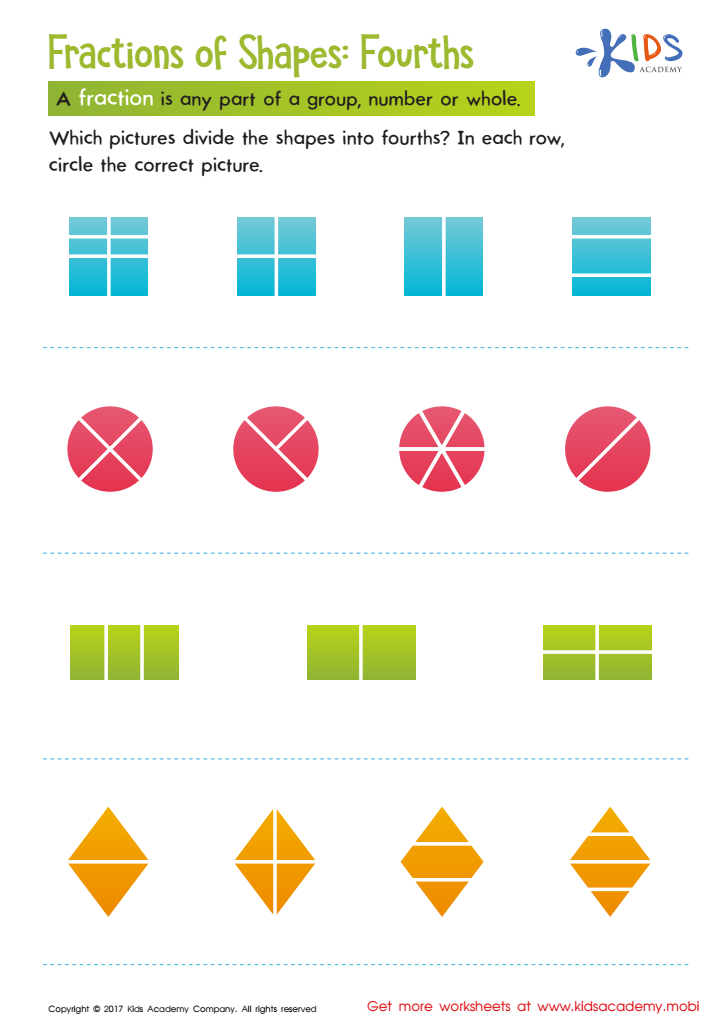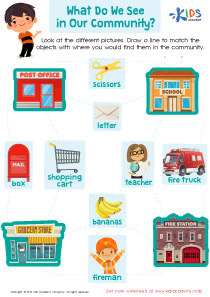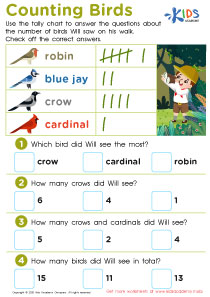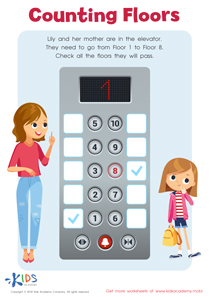Recognizing shapes Extra Challenge Geometry Worksheets for Ages 4-7
3 filtered results
-
From - To
Enhance your child's geometry skills with our "Recognizing Shapes Extra Challenge Geometry Worksheets for Ages 4-7." Designed to engage young learners, these creative worksheets provide an exciting way to explore various shapes and their properties. Children will engage in fun, interactive activities that foster critical thinking and shape recognition. From identifying shapes in everyday objects to drawing and coloring fun shapes, these challenges encourage hands-on learning. Perfect for parents and educators seeking to reinforce geometry concepts, our worksheets empower children to build a strong foundation in mathematics while having a blast! Download now to inspire a lifelong love for learning!


Congruent Shapes Worksheet


Lines of Symmetry Printable


Fractions of Shapes Worksheet
Recognizing shapes is a fundamental skill that significantly influences a child's early development in geometry and mathematics. For parents and teachers, engaging children in shape recognition activities provides critical benefits that extend beyond mere identification.
Firstly, shape recognition enhances cognitive development. It fosters critical thinking as children learn to differentiate between shapes and their properties, promoting observational and analytical skills. When children grasp concepts like symmetry, angles, and spatial relations, they build a strong foundation for future mathematical understanding.
Moreover, recognizing shapes supports language development. As teachers and parents discuss different shapes, children expand their vocabulary and communication skills. They learn to articulate what they see, promoting descriptive language and reasoning, essential tools for effective learning.
Additionally, integrating shape recognition into early education can enhance creativity. Through various hands-on activities, such as sorting, crafting, and building, children express their understanding of shapes in dynamic ways, driving artistic innovation.
Furthermore, these skills have real-world applications. Recognizing shapes can aid in everyday tasks, from organizing toys to understanding the geometric aspects of construction and nature. Thus, prioritizing shape recognition in early educational settings is pivotal for holistic child development, preparing them for more complex mathematical concepts in the future.
 Assign to My Students
Assign to My Students






























